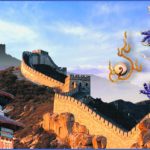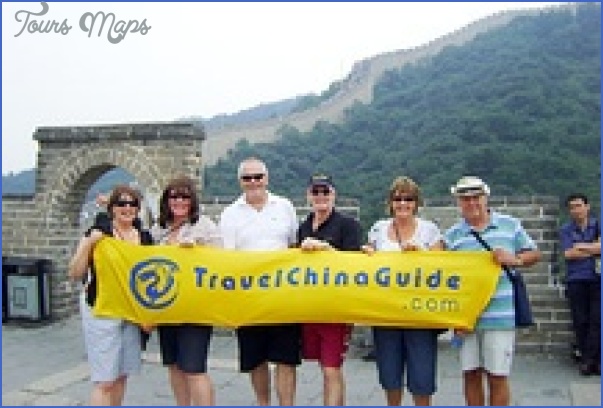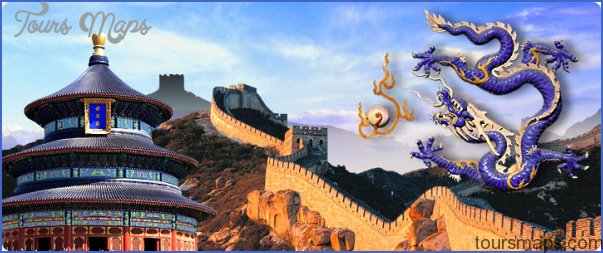The Ruins of Gaojuli are to be found some 300km/190 miles south of Changchun, near the Korean border. Gaojuli is the name of an ancient kingdom which was founded in 108 b.c. and destroyed in 427 b.c. Today only a few remains bear witness to its existence.
Guoneicheng, the kingdom’s capital, was built near the present-day Ji’an, on the west bank ofthe Yalu river. Its well-preserved defensive walls have a circumference of 2713m/2984yd. Square in plan, the town was also protected by a 10m/11yd wide moat on its east, south and north sides, while the west was bordered by the Donggou river.
Close to the ruins can be seen some ten thousand graves dating from the same period; made of stone or clay, the sepulchres have survived the ravages of time remarkably well. The interior walls are frequently decorated with some wonderful frescos.
Because of its conical shape the tomb of General Zhu Meng is also Tomb of described as the “Pyramid of the East”. The seven-storey edifice is General Zhu Meng 12m/40ft high and has a circumference of 32m/105ft. As the result of (Jiangjun Mu) plundering through the centuries nothing now remains of its interior furnishings.
The Changjiang (Yangste) river is over 6000km/3700 miles long, making it the longest and most important river in China and the third longest in the world, after the Amazon and the Nile. It flows from west to east through eight provinces and divides China into northern and southern halves.
For over 2000 years the Changjiang has been China’s major transportation Importance route; about 2700km/1680 miles are navigable. At one time it could be crossed only by ferry, but now there are bridges at Chongqing, Wuhan and Nanjing. Its catchment area, with 700 tributaries, covers some 1,800,OOOsq.km/695,OOOsq.miles or about one-fifth ofthe total area ofthe country, and the average annual volume of water carried is 1,050 billion
Course of The Changjiang rises 5600m/18,380ft up at Geladandong in Tanggulashan the river in the eastern highlands of Tibet, initially flows east and then turns south to form the border between Tibet and the province of Sichuan. It then zig-zags its way through North Yunnan and continues north-east, forming the border between Sichuan and Yunnan. Where it enters Sichuan near Yibin the river (navigable from here on) flows north-east and then east through Central China to the East China Sea. The delta, 350km/220 miles long and 80km/50 miles wide, begins near Nanjing. Near Shanghai the two arms of the Changjiang enter the sea. The Grand Canal forms a link between the north-east and south of China.
Travel China guide Chinese calendar Photo Gallery
Maybe You Like Them Too
- The Best Cities To Visit in The World
- World’s 10 Best Places To Visit
- Coolest Countries in the World to Visit
- Travel to Santorini, Greece
- Map of Barbados – Holiday in Barbados






